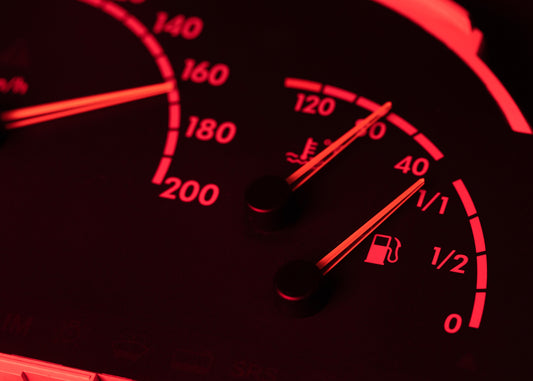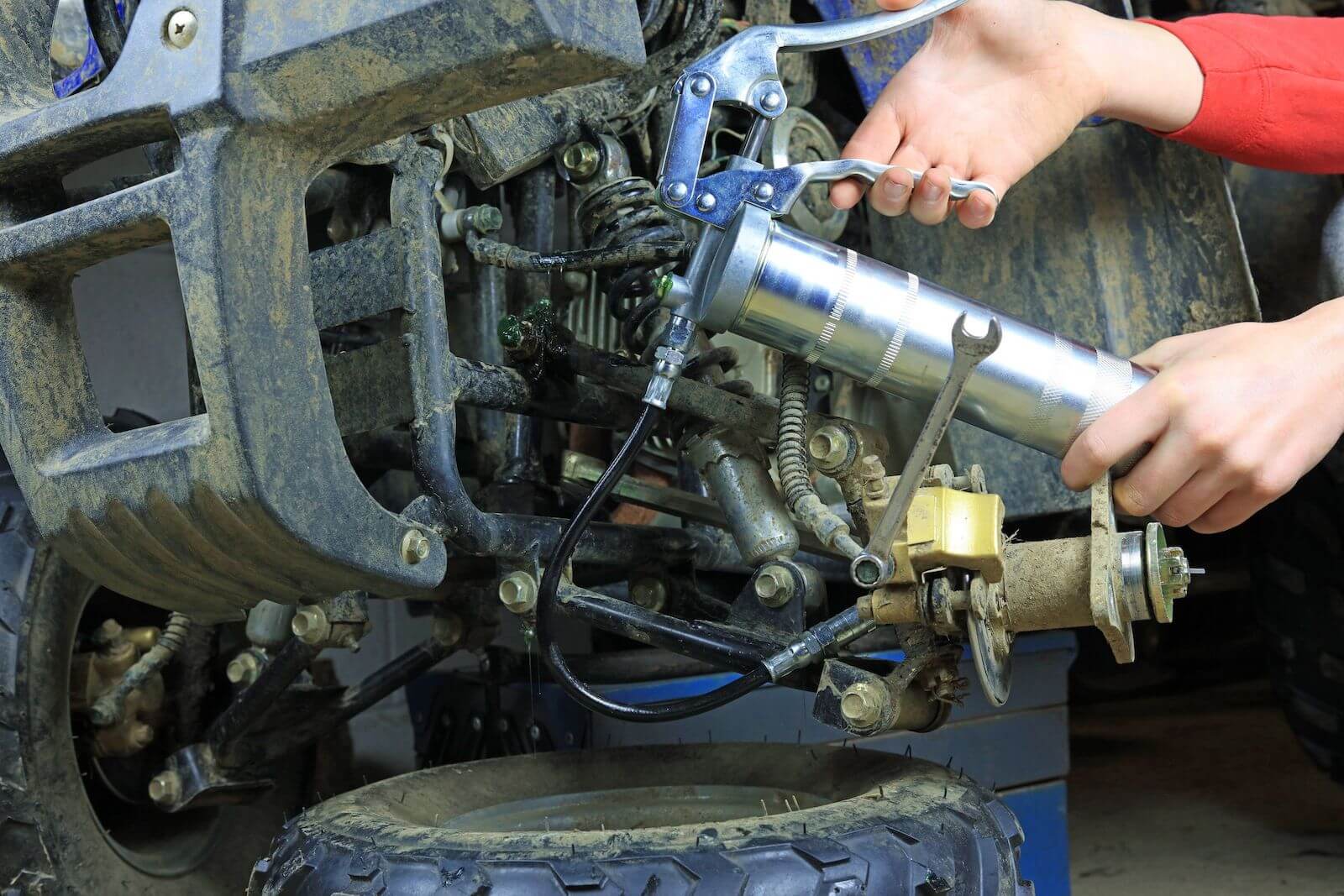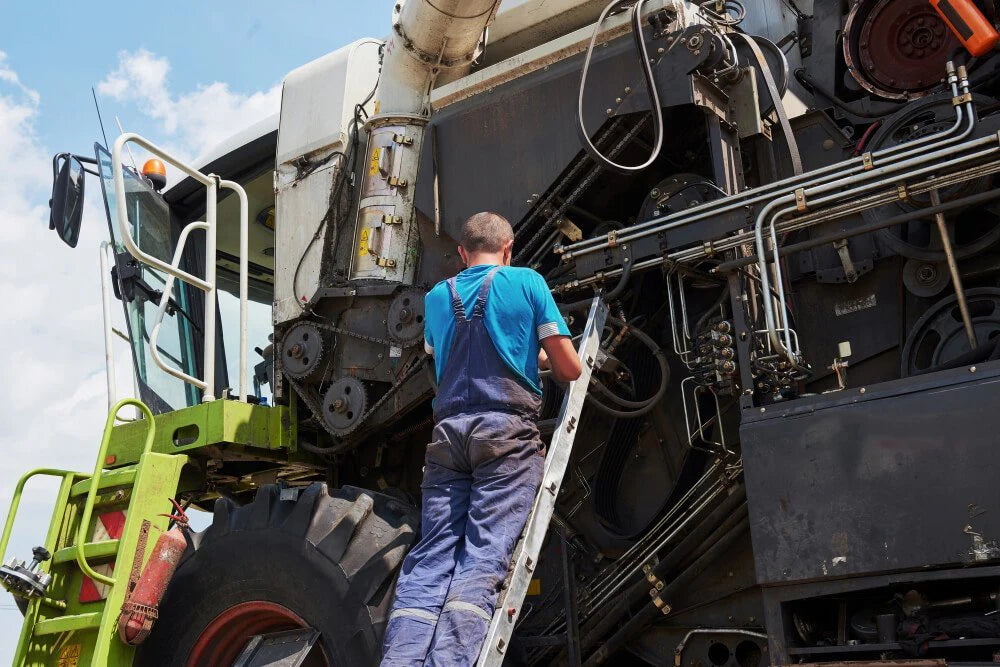Caring for a lush, green lawn is a common desire among homeowners. However, the question of whether or not to water the lawn is a subject of ongoing debate. In this comprehensive blog, we will delve into the reasons for and against watering your lawn.
By exploring the benefits, drawbacks, and alternative approaches, we aim to provide a holistic understanding of lawn irrigation and empower you to make an informed decision based on your priorities and environmental considerations.
Part 1: The Case for Watering Your Lawn
Pro Tip: Whenever you attach a garden hose to a water spicket we recommend spraying a small amount of Wagner Universal Ceramic Spray to the threads. This will ensure it tightens easily and will easily unscrew when needed. Trust us — this is a game changer for anyone who has fought garden hose connections.
Wagner Universal Ceramic Spray and Chain Lube
Universal Ceramic Lube is a specialized adhesive lubricant ideal for rollers, chains, worm gears, open bearings, and all other open surfaces that require lubrication.
shop now1. Promotes Healthy Growth
Adequate watering is crucial for the health and vitality of your lawn. Proper hydration encourages deep root growth, enhancing the grass’s ability to withstand drought conditions and recover from stress. Regular watering ensures sufficient soil moisture, facilitating nutrient absorption and promoting overall plant health.

2. Aesthetic Appeal
A well-watered lawn boasts a vibrant green color and contributes to the aesthetic appeal of your property. By providing the necessary moisture, you can maintain a visually pleasing landscape that enhances your outdoor space and creates a welcoming atmosphere.
3. Weed Control
Consistent watering helps prevent weed infestations. By establishing a healthy lawn with optimal moisture levels, you create an environment where grass can thrive, outcompeting weeds. This reduces the need for herbicides and minimizes the time and effort spent on weed removal, leading to a more manageable and attractive lawn.
4. Temperature Regulation
Watering your lawn during the hot summer months can cool down the surrounding area. A well-hydrated lawn acts as a natural air conditioner, reducing temperatures and creating a comfortable outdoor environment for you and your family to enjoy.

5. Soil Conservation
Proper irrigation practices contribute to soil conservation. By maintaining the right moisture levels, you reduce soil erosion, which can occur due to wind or heavy rainfall. This helps preserve the integrity of your landscape and minimizes the risk of soil loss.
Part 2: The Case Against Watering Your Lawn
1. Water Conservation
In regions where water scarcity is a concern, minimizing lawn irrigation can be a responsible choice.

Embracing water-wise landscaping techniques, such as xeriscaping or using drought-tolerant grass species, reduces the reliance on excessive water usage. This not only conserves water resources but also lowers water bills and contributes to sustainability efforts.
2. Environmental Impact
Over-irrigation can have adverse effects on the environment. Excessive watering can lead to runoff, carrying fertilizers, pesticides, and other pollutants into nearby water bodies. This can harm aquatic ecosystems and contribute to water pollution.
By reducing lawn irrigation, you minimize the environmental impact and promote the health of local ecosystems.
3. Cost and Energy Efficiency
Watering your lawn regularly can lead to increased water bills, especially during dry seasons when water usage surges.
Additionally, running irrigation systems requires energy for pumping water, contributing to your carbon footprint. By reducing lawn irrigation, you can save money, conserve energy, and align with sustainable practices.
4. Resilient Grass Adaptation
Allowing your lawn to adapt to natural conditions fosters resilience. By reducing the watering frequency, grass develops deeper root systems, making it more drought-tolerant and self-sufficient.
Over time, this promotes healthier and stronger grass, reducing the need for constant watering and maintenance.
5. Time and Effort
Regular watering requires time and effort to set up and maintain irrigation systems, adjust schedules, and monitor soil moisture levels. For homeowners with busy schedules or limited time, reducing lawn irrigation can free up valuable resources and minimize the maintenance required to keep the lawn in good condition.
Part 3: Alternative Approaches to Lawn Care
1. Xeriscaping
Xeriscaping is a landscaping approach that focuses on water conservation. It involves selecting drought-tolerant plants, using efficient irrigation systems, incorporating mulch to retain moisture, and designing the landscape to minimize water requirements.
By embracing xeriscaping principles, you can create an attractive and sustainable landscape that reduces the need for extensive lawn watering.
2. Rainwater Harvesting
Another alternative to traditional lawn irrigation is rainwater harvesting. By installing rain barrels or cisterns, you can collect and store rainwater to be used for watering your lawn during dry periods.
This reduces reliance on municipal water supplies and utilizes a free and sustainable water source.
3. Smart Irrigation Systems
If you choose to water your lawn, consider using smart irrigation systems. These systems use weather data, soil moisture sensors, and water-saving technologies to optimize watering schedules and minimize water waste.

Smart systems can adjust irrigation based on real-time conditions, ensuring efficient water usage and promoting responsible lawn care.
4. Drought-Tolerant Grass Species
Selecting grass species that are naturally adapted to your region’s climate and water availability is a proactive approach to reducing lawn irrigation.
Drought-tolerant grasses, such as Bermuda grass, buffalo grass, or fescue, require less water and can thrive in challenging conditions. Consulting with local experts or landscaping professionals can help you choose the right grass species for your area.
Summary
The decision of whether to water your lawn is a complex one, influenced by factors such as personal preferences, environmental concerns, water conservation efforts, and local climate conditions.
While watering your lawn can promote healthy growth and enhance its aesthetic appeal, it is essential to balance these benefits against water conservation, cost-efficiency, and environmental impact.
By considering alternative approaches like xeriscaping, rainwater harvesting, and smart irrigation systems, you can minimize water usage, reduce environmental harm, and still maintain a beautiful and sustainable lawn.
Ultimately, the choice lies in finding the right balance between lawn care goals, personal values, and responsible water stewardship.







